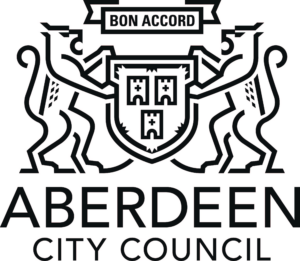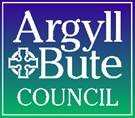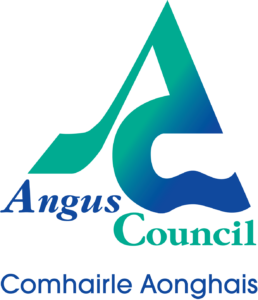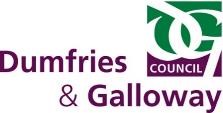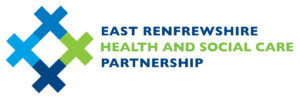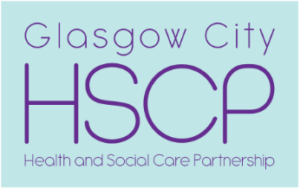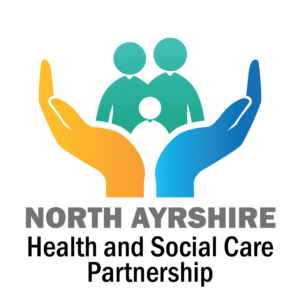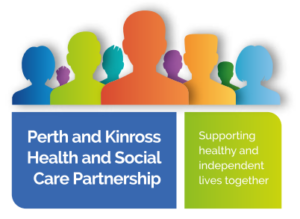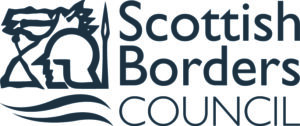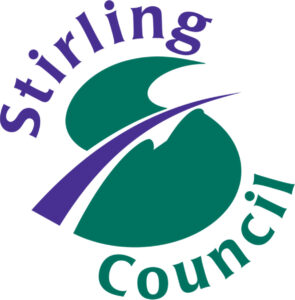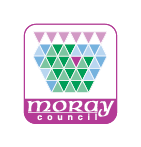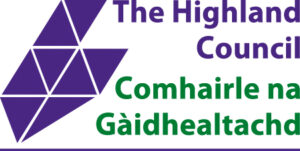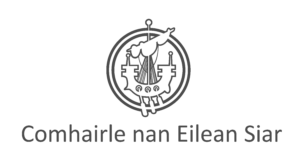Best Practice
It may be helpful for the indicators as identified to be presented in the wider context of indicators of potential sexual abuse that can include signs of physical abuse; signs of neglect; poor mental health (including quite specific anxieties associated with particular contexts); poor physiological health; poor sexual health; age inappropriate sexualised behaviour.
The possibility of sexual abuse should not be discounted on the basis of the absence of the listed indicators in situations where a number of other physical and psychological signs of harm and disturbance/distress are apparent.
Although the Purple Book relates explicitly to the forensic examination, it is helpful to contextualise the examination within the multi-agency assessment.
A full and comprehensive assessment of the likelihood of sexual abuse requires a multi-agency approach, of which the medical is a critical aspect and it would be useful to see specific mention of the benefits of this co-ordinated multi-agency approach.
General
Given that the scope relates to all under 18s, it could be helpful to consider children and young people at different ages and stages of development.
Furthermore, clinicians may wish to consider the specific impacts of various forms of disability, if there are any.
It would also be helpful to reference the specific Scottish legislative and practice context within the document. New legislation about Forensic Medical Services for Victims of Sexual Offences was passed last year and there has been a revision of Clinical Pathways for children and young people who have been victims of direct contact sexual abuse.
The updated National Guidance for Child Protection in Scotland was published in September 2021 and covers inter-agency co-operation issues in relation to the various types of medical.

